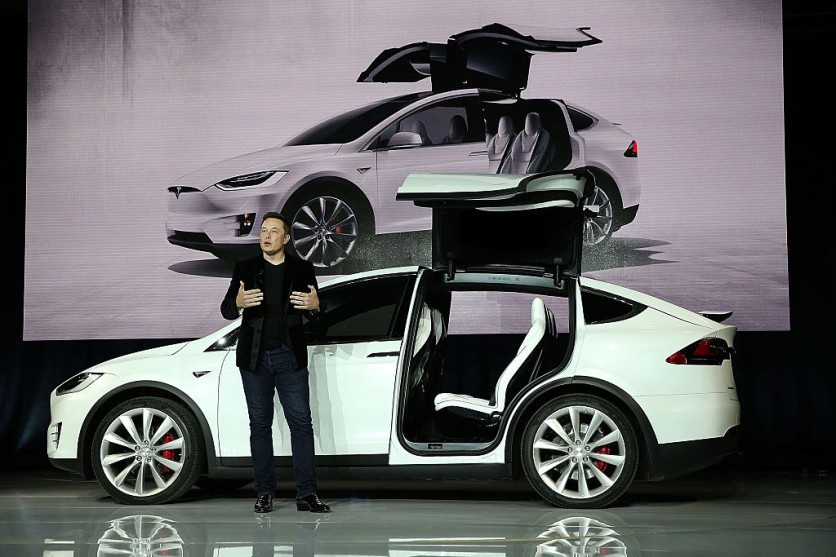Tesla has announced that it will not use its Ultrasonic Sensors (USS) in its Autopilot sensors to make way for the Tesla Vision system, according to Electrek.

The shift will result in some Autopilot features being limited in vehicles without radar. These ultrasonic sensors were mainly used for short-range object detections in several applications, such as auto-park and collision warnings.
With the USS removal, Tesla will also launch their vision-based occupancy network that the company is using in Full Self-Driving (FSD) Beta. This will replace the USS inputs. Their approach gives Autopilot high-definition spatial positioning, longer-range visibility, and the ability to identify between objects.
Camera-Only Approach Limitations
However, the automaker also confirmed that the camera-only approach will come with limitations on its features. The good news is that in time, they will push new software updates to improve features and release Park Assist, Summon, Autopark, and Smart Summon via its occupancy network.
Fast, Hardware Programming, and Testing
Tesla is pushing for their Full Self-Driving Beta program, which will allow the company to collect data and feedback from consumers, leading to further software improvements.
Tesla is looking to increase its neural net, which will improve its system's image recognition. It will also allow the automaker to expand its autonomous capabilities via software updates.
By removing USSs, Tesla will streamline its self-driving hardware suite and open up its Supercharging network to a lot more users.
Tesla has been able to reduce the production time for its vehicles largely through the use of more efficient and automatic production methods.
These same methods will be applied to its software as the company continues its transition from producing cars to producing self-driving vehicles. The transition will be as seamless as possible for motorists, although Tesla says that its vehicles will not be able to be fully self-driving without radar technology. This will allow more consumers to benefit from and access the automaker's self-driving features.
It will also further Tesla's goal of making its vehicles safer and more affordable. With its fast production time, Tesla has a unique opportunity to harness consumer input to impact the company's self-driving system's development quickly.
Tesla again leads the industry by removing USS sensors in its Autopilot sensors. The company is focusing on developing its neural net and will have an advantage in data collection. The automaker's approach to self-driving is not only bold but also an example of Tesla putting the customer first, even if it means a hit to their bottom line.
Related Article: Tesla Builds a New Power Plant in Japan Using Powerwalls Home Battery Pack
This article is owned by Tech Times
Written by April Fowell
ⓒ 2025 TECHTIMES.com All rights reserved. Do not reproduce without permission.




